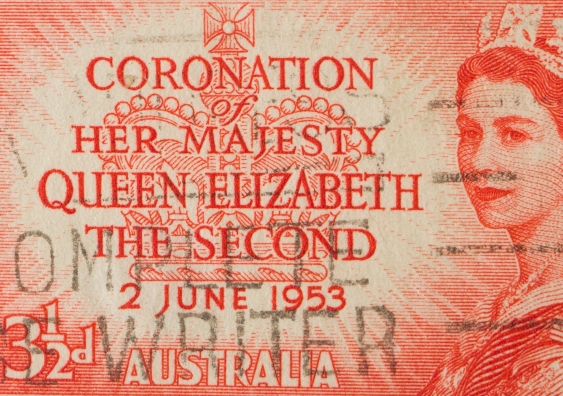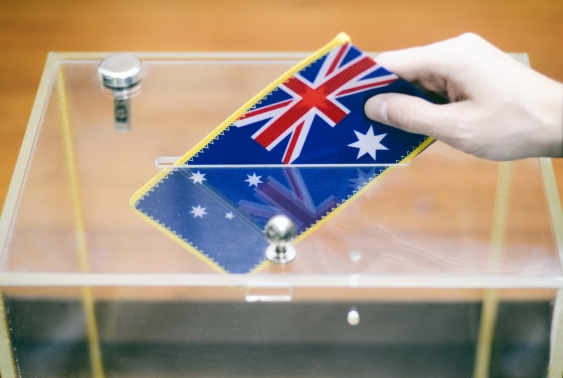Republic looks a bridge too far
Half of respondents in a recent poll said they were in favour of Australia becoming a republic. But there are still lots of hurdles in the path of those who wish to make such an historic break with the British monarchy.



